The Nature Conservancy initiative seeks gains for workers, who are predominantly women, and potential new markets for carrageenan-rich product
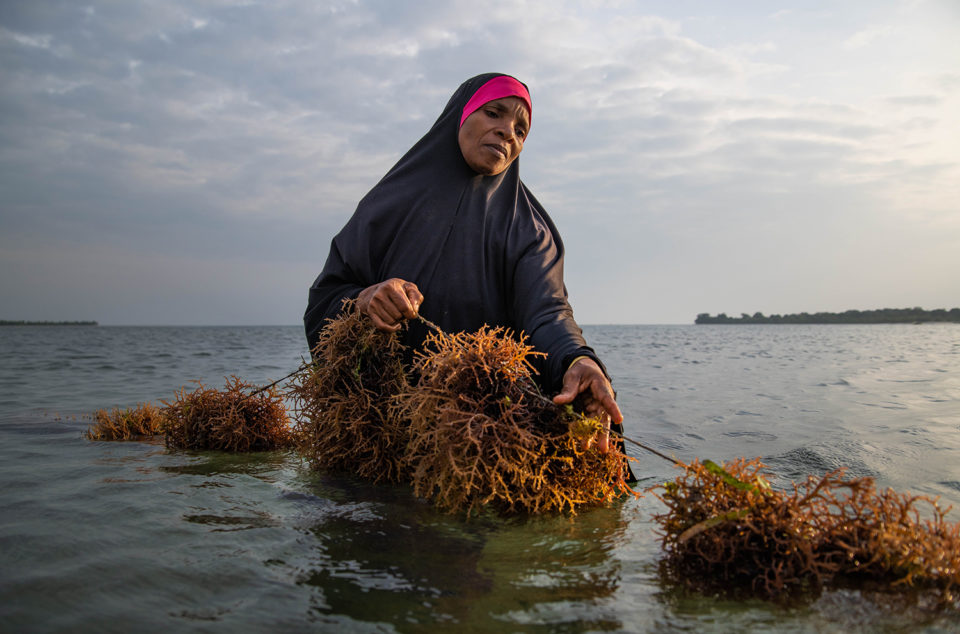
The women wade out at sunrise. Waist-deep in their khangas or traditional buibui covering cloths, they tend to their farms. Combing through tangled nests of seaweed, they inspect their crops, tie new seed and collect their harvests. Most of the women cannot swim. Some plots lie at long distances from the shoreline, and the famers must trek through the shallows to reach them when the tide recedes.
For many Zanzibari women, the cultivation of seaweed has significantly improved their station in life, but it has not been without hardship. The local environmental conditions are changing. Warmer water temperatures cause epiphytes and diseases like ice-ice, leading to die-offs. The declining yields and unfavorable market prices are making it difficult to earn a decent living. But last month, on 15 July, The Nature Conservancy announced an aquaculture project that may bring new hope. One that aims to not only protect coastal waters but also to improve the women’s lives.
The project will run on both Unguja and Pemba islands, which the organization has identified as being among the highest priority ecological regions in Africa. The Zanzibar archipelago lies off the east coast in the Indian Ocean, about 18 miles from mainland Tanzania. In the first year, during the pilot phase, three villages in the north will take part. More than one hundred farmers will benefit, while the same number of hectares along the coastline will be better protected.
Peter Limbu, the organization’s fisheries technical advisor, said that farmers in these communities will receive comprehensive training so they can increase the quality and quantity of their yields. “Apart from the production, we want to see the marine environment conserved,” said Limbu. “We want to see compliance with best management practices bringing much more resiliency.”
Farmers will learn how to better design their sites, select seed stock, identify markets and how to best harvest and dry their crops. The curriculum will also include financial literacy training. There will be follow-ups and farmers in turn will become “village implementors” and mentors.
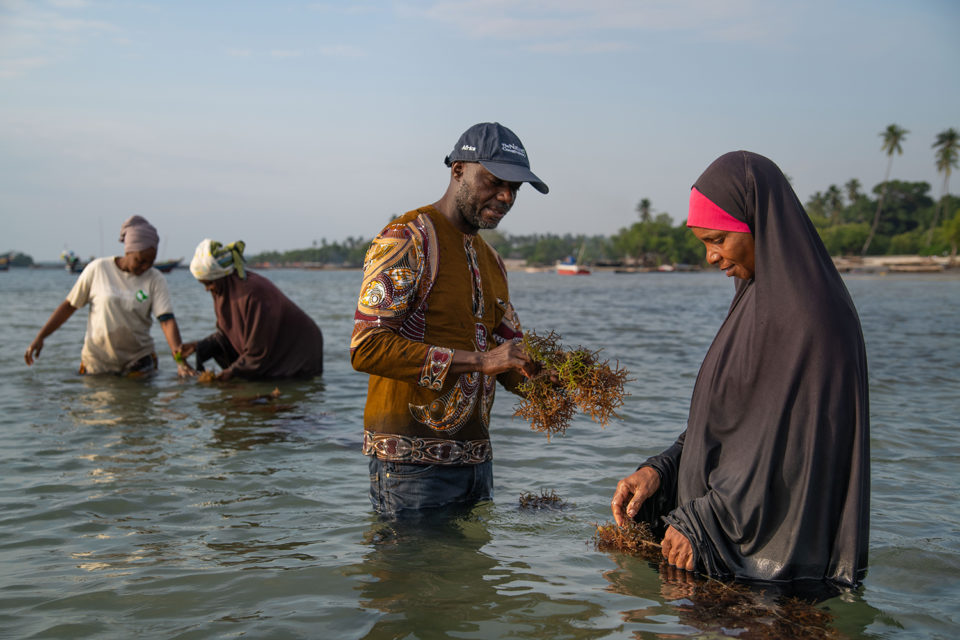
“The Nature Conservancy is a science-based organization,” said Limbu. “We also want to learn from actions on the ground and use those results to inform government – to either review existing policy or to make additional policies so that resources can be better managed.”
Robert Jones is the organization’s global lead for aquaculture and the director of this new program: “We have a program in aquaculture because we recognize that it’s the most rapid form of food production on the planet and, from a conservation perspective, we see it as a big opportunity when it’s done well, but also a challenge when it’s not.”
Many farmers have adopted unsustainable farming practices, inadvertently degrading the aquatic resources upon which their livelihoods depend. The most common cultivation method is so-called off-bottom peg and line method. The farmers plant two stakes into the sea floor, between which they suspend the seaweed on ropes. However, they have been cutting down mangroves for these stakes, leading to the deforestation of fish spawning grounds. Sometimes the farms also cover sea grasses or create plastic and other marine debris.
The Nature Conservancy focuses mainly on what it calls “restorative” aquaculture of bivalves and seaweed, with similar training projects already running in Belize and Indonesia.
“Seaweed are amazing, because they convert with so few resources – no feed, freshwater, or land is used to produce it. It’s incredible from an ecological standpoint,” said Jones. “They can provide ecological services when they’re farmed well. From water quality improvements, to sucking up excess nutrients in the surrounding environment, and providing habitat for fish stocks.”
https://www.aquaculturealliance.org/advocate/advancing-ecosystem-services-aquaculture/
The project is a collaboration with global food giant Cargill, which is sponsoring the project, while another company, C-Weed, is the local implementing partner. The government of Zanzibar is also on board because the sector is a vital foreign exchange earner and employs around 25,000 people. Seaweed is the country’s third-largest source of income after tourism and clove production, and accounts for nearly 90 percent of its marine exports.
A 2018 UN Food and Agriculture report found that during its best years, seaweed farming generated U.S. $8 million per year for Zanzibar. During its peak, production was at 15,000 metric tons. But while the country has consistently ranked in the top 10 producers in terms of volume, it has fallen short on value. The government is hoping to change that.
“The Nature Conservancy has been in Tanzania for several years now, working in places like Lake Tanganyika to improve the sustainability and livelihood outcomes for fisheries,” said Jones. “We like to work in areas where there’s mutual interest for the government, and this is one of those areas.”
The project is indeed mutually beneficial, because companies like Cargill and C-Weed will also be guaranteed a higher quality and traceable product. “We see a huge benefit in working alongside major supply chain partners,” said Jones. And with higher yields and better prices, the farmers will surely also be persuaded to adopt better practices.
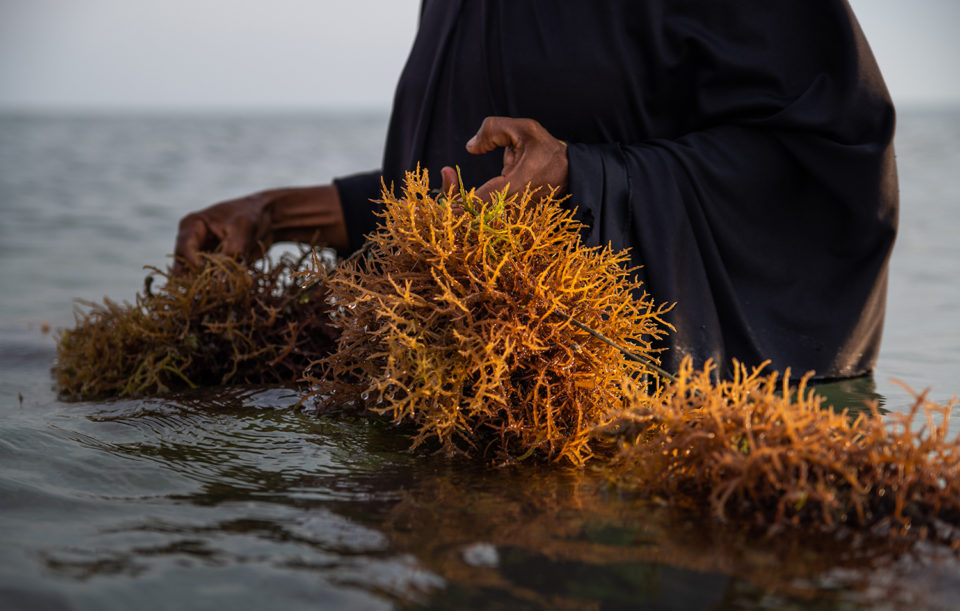
The two strains of red seaweed grown in Tanzania are Kappaphycus alvarezii (cotonii) and Eucheuma denticulatum (spinosum). They are used to make carrageenan, an emulsifying agent found in food, pharmaceutical and beauty products – from chicken sausage to yogurt, beer, soap and toothpaste.
“There’s a whole list of things that it’s used for,” said Jones. “You can open your kitchen cabinet and there’s probably 10 or 15 things that involve carrageenan. The potential for it is huge.”
He explained that while other applications are still in the experimental phase, seaweed can also be used to produce animal feeds, fish feeds, bioplastics and biofuels. “There’s so much to be excited about beyond the existing markets,” he said.
Nearly 80 percent of Zanzibar’s smallholder producers are coastal women. Researchers noticed that men started leaving the industry when yields, and incomes, started declining. Local surveys found men went into industries like fishing, tourism, or construction, where they could earn daily or weekly wages, rather than having to wait six to eight weeks for their crops.
Sada Himidi Selemani of Tumbe village spoke to The Advocate through Limbu, who acted as her translator. She said she had been battling with inputs, like ropes, holders to carry her produce, or a boat, as well as low prices. She was however optimistic that things might soon change.
She confirmed why men had left the industry: “They wanted big money and so they went into other fishing activities. We wanted to keep ourselves busy and earn an income, even if it was a small amount. We could add that to the income of our families, to our households.”
Studies show that seaweed farming led to a profound shift in gender relations in a country where communities have traditionally been patriarchal. The men were initially uneasy about the women leaving their homes, but soon changed their minds when living standards improved. Women could now afford school fees and medical expenses, and local luxuries – like radios or bicycles – could also be bought with greater ease. Some women went further and became full-fledged entrepreneurs, who could soon tile their floors or even build new homes. Aquaculture has even created a safety net for divorcees, or other female heads of household.
The Nature Conservancy plans to support these developments, Jones promised: “We’re heavily fixated on making sure the project is designed to accelerate and increase the empowerment of women in the communities.”
For women like Selemani, then, the project may offer just the right opportunity to thrive.
Follow the Advocate on Twitter @GAA_Advocate
Now that you've reached the end of the article ...
… please consider supporting GSA’s mission to advance responsible seafood practices through education, advocacy and third-party assurances. The Advocate aims to document the evolution of responsible seafood practices and share the expansive knowledge of our vast network of contributors.
By becoming a Global Seafood Alliance member, you’re ensuring that all of the pre-competitive work we do through member benefits, resources and events can continue. Individual membership costs just $50 a year.
Not a GSA member? Join us.
Author
-
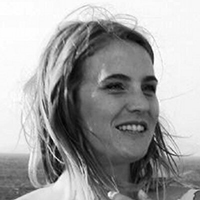
Marie-Louise Antoni
Marie-Louise Antoni is a freelance journalist based just outside of Cape Town, South Africa. She writes on crime, politics, law and the environment.
Related Posts
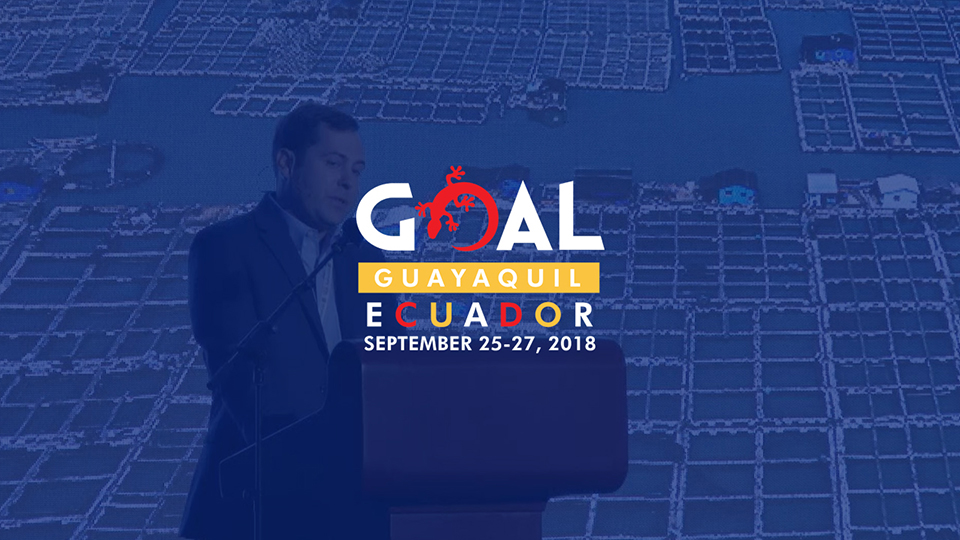
Responsibility
GOAL 2018 presentation: Robert Jones, The Nature Conservancy
From the exciting session, "Thoughts on the Future of Aquaculture" at GOAL, is Robert Jones, global aquaculture lead at The Nature Conservancy.
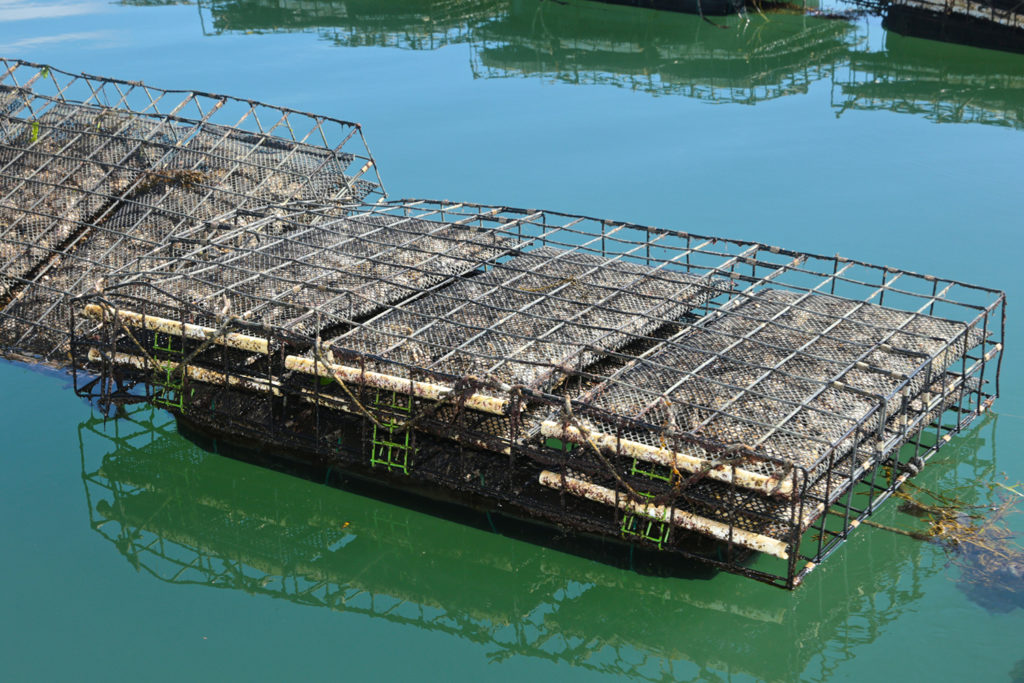
Responsibility
Climate change impacts unite U.S. shellfish farmers
The Shellfish Growers Climate Coalition, an initiative of seven founding U.S. aquaculture farmers, last week launched a partnership with The Nature Conservancy (TNC) to spread public awareness about climate change and its impact on their businesses.
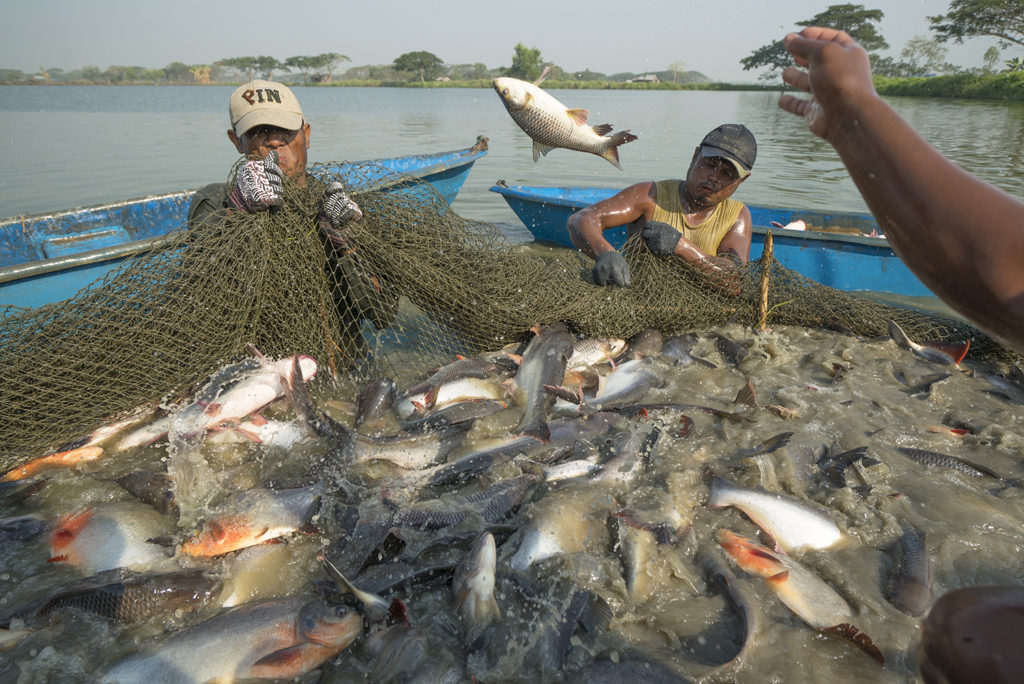
Innovation & Investment
TNC, Encourage Capital issue guidance on sustainable aquaculture investment
The Nature Conservancy and a New York investment firm issued a field guide for parties interested in accelerating the sector’s future sustainably.
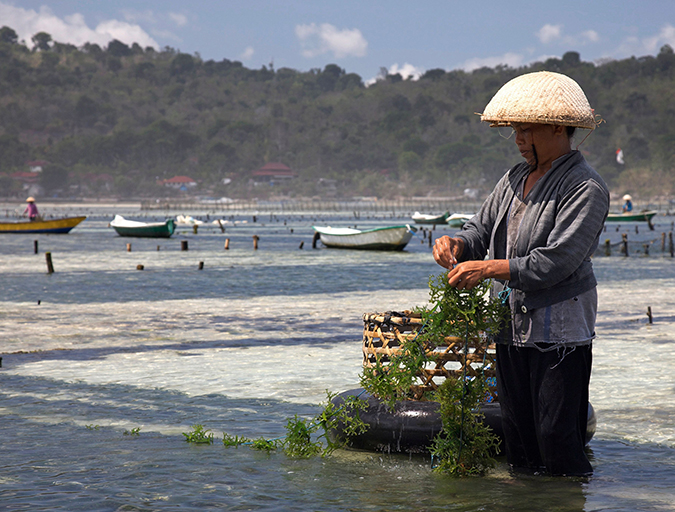
Responsibility
Can sustainable mariculture match agriculture’s output?
Global, sustainable mariculture production, developed on a massive, sustainable scale and using just a small fraction of the world’s oceanic areas, could eventually match the output of land-based agriculture production. Scale and international law considerations require the involvement of many stakeholders, including national governments and international organizations.


